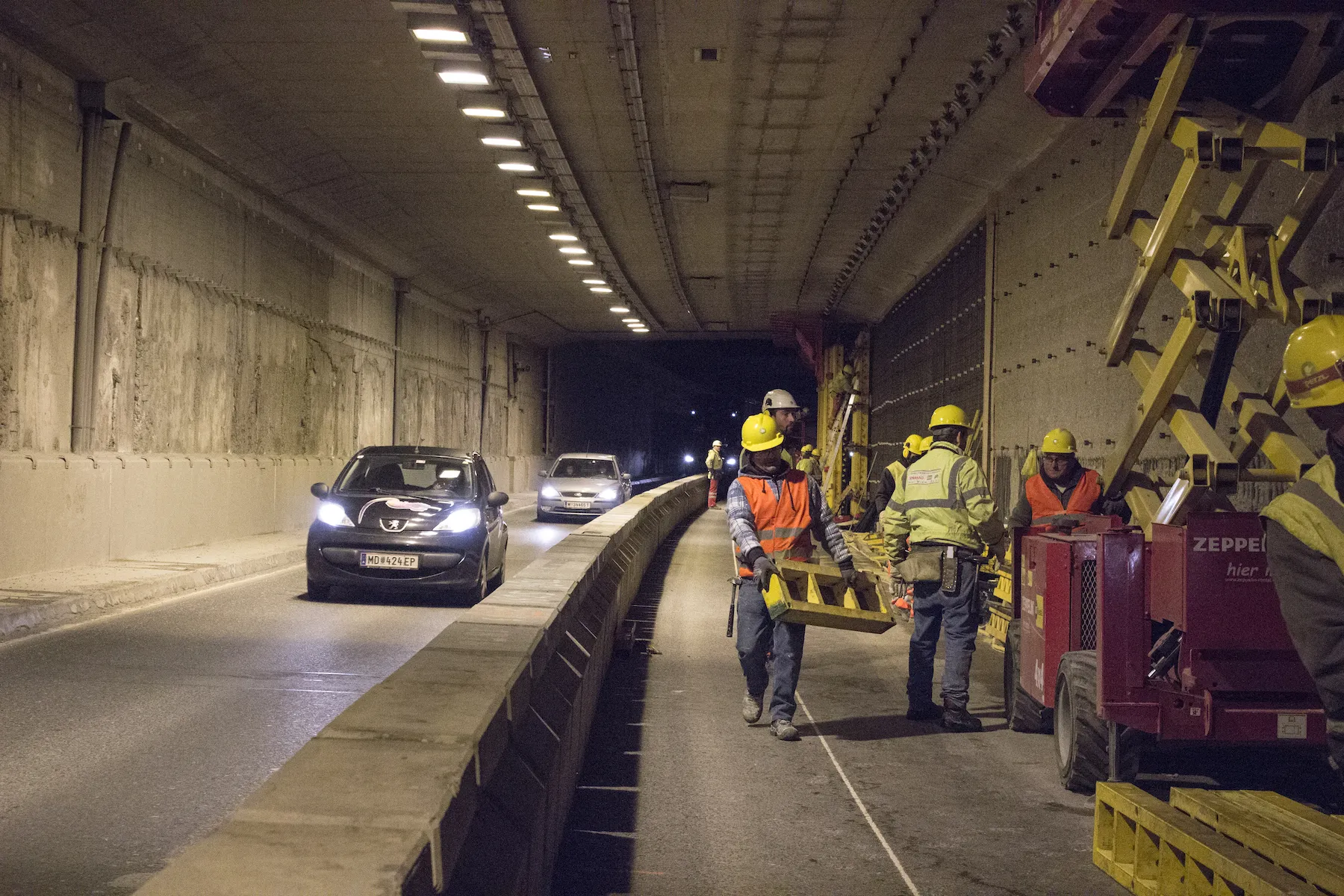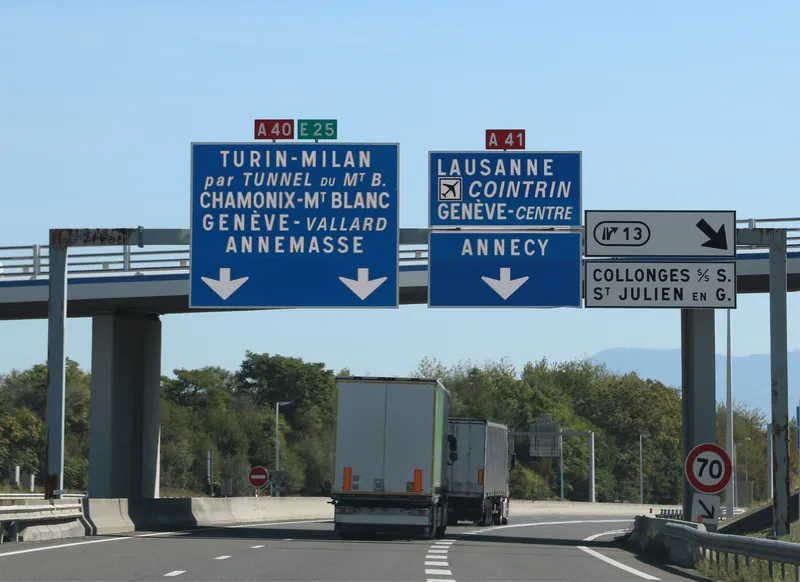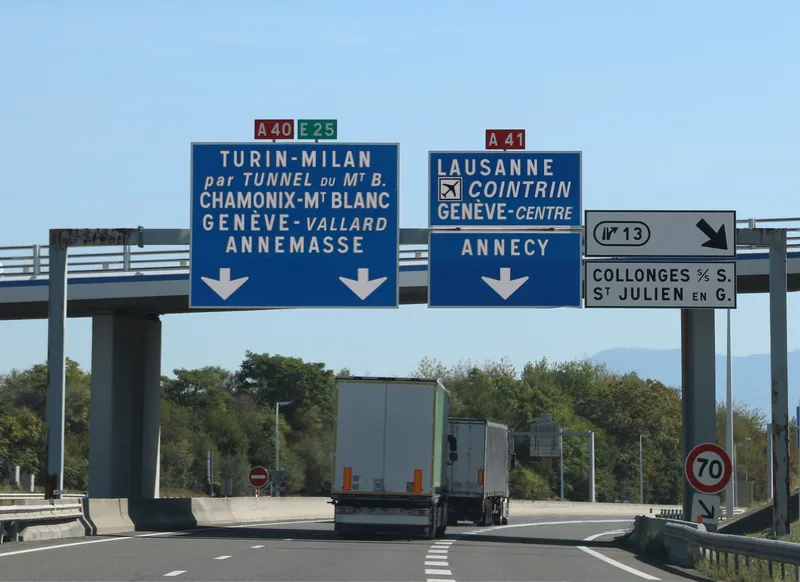
Europe is neglecting road maintenance at its peril, warns the head of the European Road Federation. Colin Sowman reports from the annual Asecap event Paris.
With an estimated value of €8 trillion, the road infrastructure is probably the European Union’s largest single asset. It accounts for 83% of passenger journeys and more than 70% of freight movement.
Despite this importance, global investment in roads - especially maintenance - has fallen, said Christophe Nicodeme,
“The consequence of the maintenance backlog is a fall in the value of the asset itself, reduced mobility and a potentially adversely impact road safety and the environment.”
Nicodeme cited Spain as one of many countries that has invested in the road network but failed to sufficiently maintain it. As a consequence, the cost of repairing 1km of road on the national network has risen from €37,000 in 2001 to €78,000 in 2013 (see chart).
However, as maintenance spend decreases, the cost to society increases. He cited Germany’s Leverkusen Bridge on the A1 in an industrial area with a high truck traffic. Due to poor maintenance, from December 2012 to March 2013 the bridge was closed to vehicles above 3.5t. Additional journey time and distance, congestion and extra fuel burn is calculated to have cost road users €80 million.
“So you don’t have the money to repair the bridge or build a new one and yet the community is able to pay the €80m it costs for the bridge to be out of action,” he said. In June 2014 the bridge was again closed to heavy vehicles and has yet to reopen.
“Working without a long-term vision is very detrimental to the road,” Nicodeme stressed while adding that most politicians’ time-frame extends only to the next election whereas a road has a lifetime of 30-40 years. “Building of the roads is often paid for by all of us and they are ‘our’ roads. We maintain our cars, we maintain our houses so why don’t we do the same with our roads,” he questioned. “We don’t spend money on maintenance; we invest for the future,” he asserted.
He told the audience that in some areas the situation was “so bad, people are realising they have to do things differently” which has caused a change in mindset to ‘investing’ and that “people were starting to be put in front of their responsibilities”.
X-head: Mont Blanc Tunnel
Inspecting very tall bridge piers is vital but difficult and expensive. ATMB, the operator of the Mont Blanc Tunnel, is also responsible for many structures leading to and from the tunnel, said ATMB project manager David Banant. He said that there is an average of one structure every 500m along the roads leading to and from the tunnel, including bridges with a total deck area of 160,000m2. These structures have an average age of 38 years and being located between 400m-1,200m above sea level, they are exposed to alpine conditions and subjected to regular salting.
Beyond daily monitoring by staff driving along the road, ATMB has also conducts annual inspections and the more-detailed, five yearly Structural Quality Imaging (IQOA) inspections. The IQOA inspection is traditionally undertaken by an independent company using both rope and powered access - both positive and negative reach - methods.
The Egratz survey was conducted by third party company Diades. It involved flying a drone close to the pillar to take around 1,000 high-resolution (20 megapixils) images of each pillar’s surface area. Defects of less than 1mm were detected and once all the data was collected, a 3D computer model was made of the structure.
Banant said that the cost was similar to using rope access, but the drone approach was quicker. Also, the photo database can be used to monitor changes and observed faults are automatically exported to the
This year the company will use drones to survey 69 pillars on three bridges. These will use even higher resolution imaging (50 megapixils) to detect defects and cracks as small as 0.3mm.
X-head: London’s orbital
The M25 around London is one of the world’s busier motorways with more than 200,000 vehicles per day on half of the 440km of three- to five-lane dual carriageway. While the M25 is not tolled, Connect Plus does have a 30-year contract with the
All data and information related to the performance of the roadway and the company’s activities on the network is recorded. “We want to know what is happening on the network, where it is happening and when it is happening” he said, giving the example of a pothole - a safety-related defect. While a local contractor would carry out the remedial work as quickly as possible he added: “although I am interested in knowing when the job started and finished, as a concessionaire I also want to know the type of defect and if it is indicative of an underlying problem.”
In terms of planned routine inspection and maintenance, he highlighted intelligent data collection on the condition of the asset including any defects identified along with the required actions and timelines. Such a system needs to be mobile friendly, both for inputting information and images from the site and for crews to access the requirements of any remedial work which could be anything from grass cutting to closing defects. The availability of such information helps ensure the correct equipment and materials are on-board before the crew leave the depot.
In the monitoring category, Ulivieri is also looking for the impact of particular defects on the performance of the roadway itself. As an example he said: “Information from an inspection needs to be live and up to date so as soon as the results of a survey are available, they need to be online.” He added that the process needs to be auditable so it is clear who did what and when.
“We have a lot of basic asphalt plug joints to replace over the next 20 years, so what happens if we increase the life of an expansion joint by, say, three years? We did that analysis last year and realised it could save millions, so we have invested in new technology and we think we have found something that is lasting longer, is easier to put on the road and is cold applied. In the long term it could save a lot of money.”
Ulivieri said that the information was not confined to one contract but shared across the Egis group so methods and materials could be applied to other of the group’s concessions.









